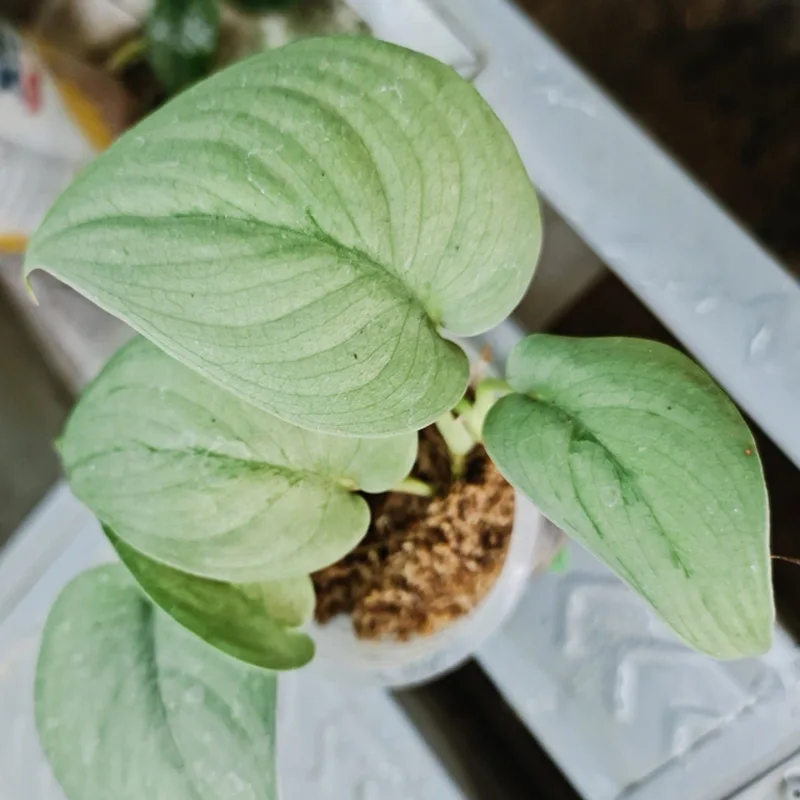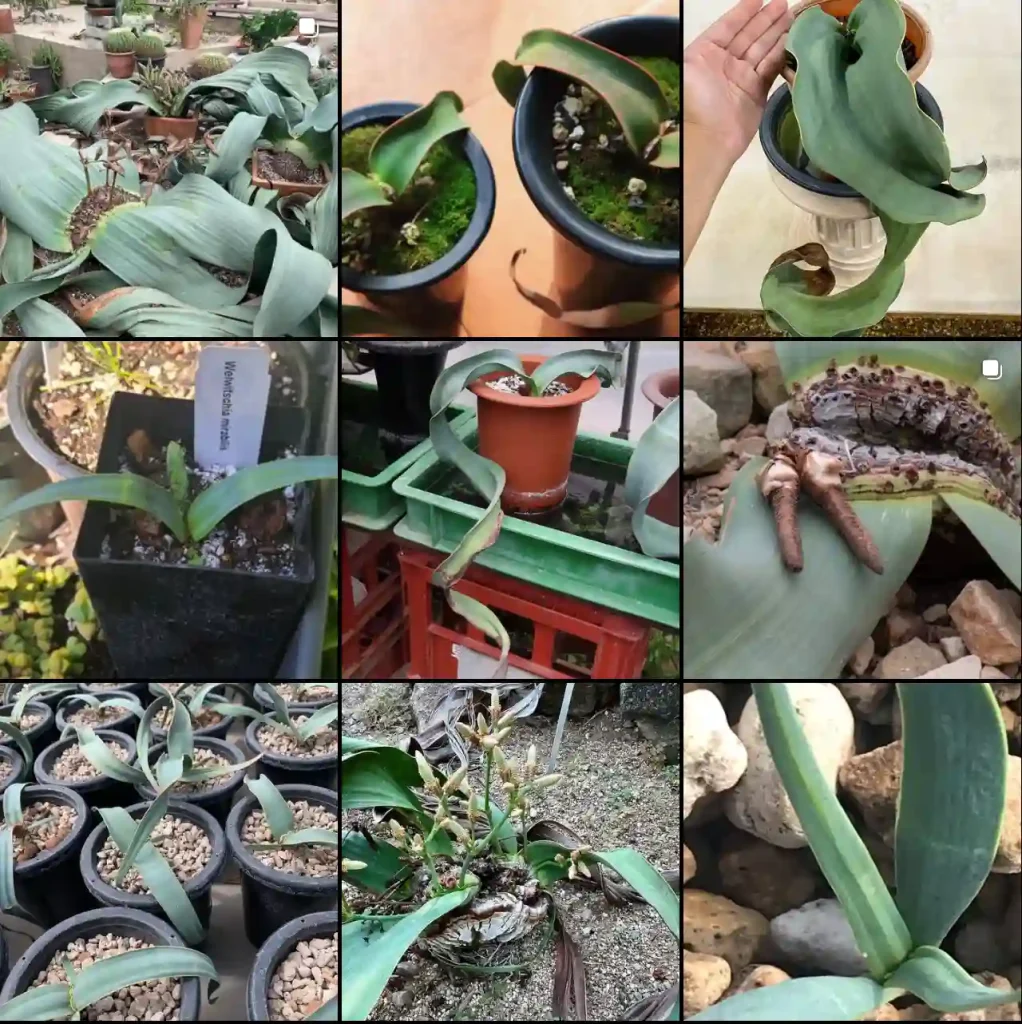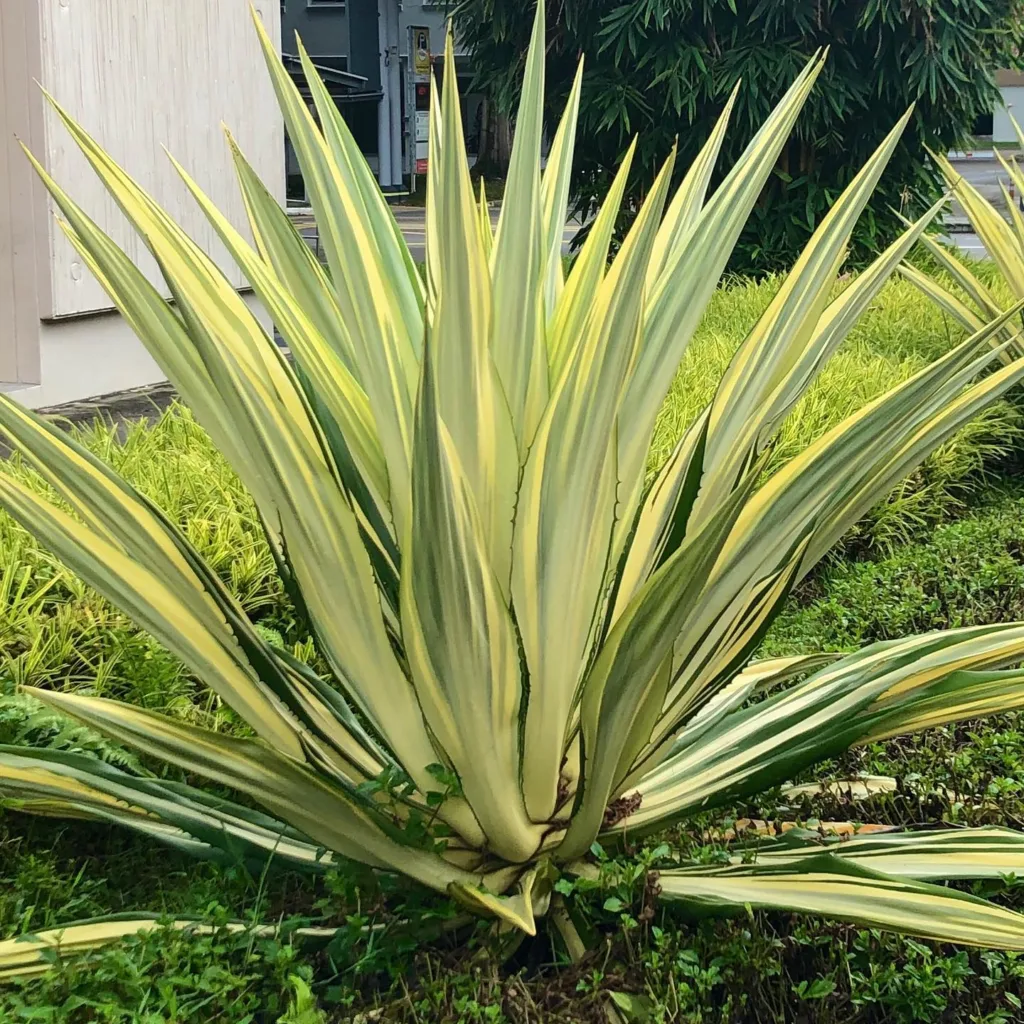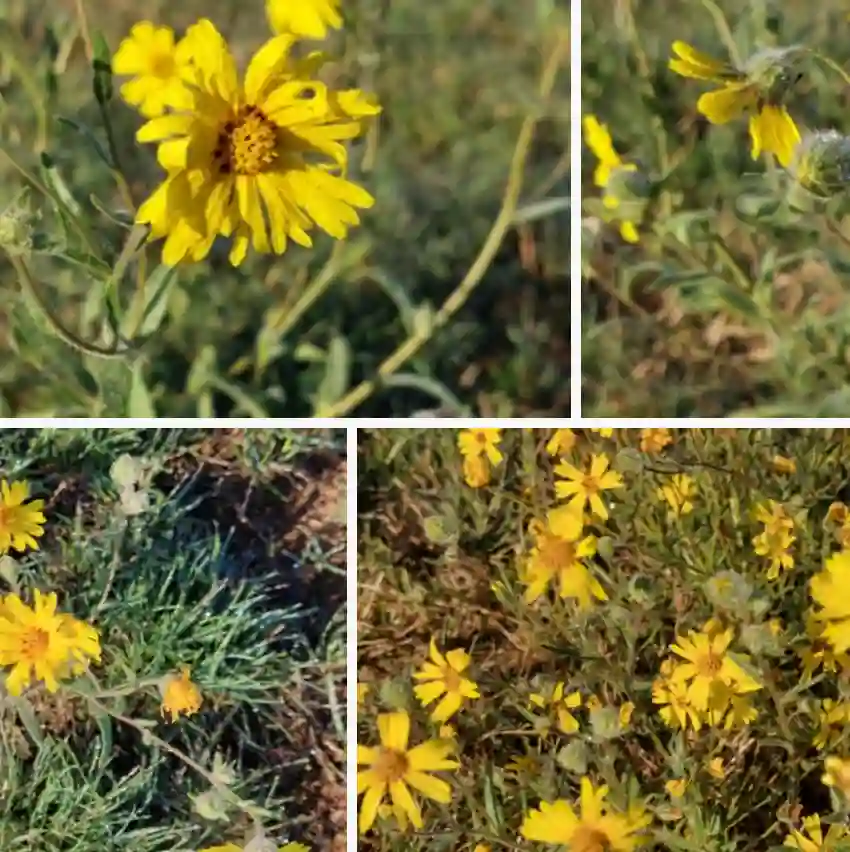Discovering the Siparunaceae Family: A Personal Exploration
The Siparunaceae family, though not as widely recognized as some others, holds a unique charm in the plant kingdom. This family primarily consists of two genera: Glossocalyx and Siparuna. As I delve into these fascinating plants, I’m reminded of the beauty and complexity of our natural world.
Understanding the Siparunaceae Family
The Siparunaceae family is a group of flowering plants native to tropical regions, mainly found in South America and parts of Central America. What intrigues me most about this family is its limited yet distinctive characteristics. Plants in this family tend to thrive in moist, shaded environments, often found in rainforests. The Siparunaceae family, while not commonly cultivated, offers a glimpse into the diversity of life and the ecological roles these plants play.
The Genera: Glossocalyx and Siparuna
Glossocalyx: An Overview
Glossocalyx is a lesser-known genus within the Siparunaceae family, comprising several species. What captivates me about Glossocalyx is its adaptability. These plants often display a range of leaf shapes and sizes, which can vary dramatically even within the same species. This variability is a testament to the plant’s ability to adapt to different microclimates within its rainforest habitat.
One of the most striking features of Glossocalyx species is their flowers. They tend to produce small, delicate blossoms that can be easily overlooked amidst the lush greenery. However, when in bloom, these flowers reveal intricate patterns and colors that add to the visual tapestry of the rainforest. My experience observing these flowers has deepened my appreciation for the often-unseen beauty in nature.
Siparuna: A Deeper Dive
The Siparuna genus, on the other hand, is perhaps more well-known and has garnered interest from botanists and horticulturists alike. Plants in this genus are characterized by their aromatic leaves, which emit a delightful fragrance when crushed. I remember the first time I encountered a Siparuna plant; the scent was unexpected and refreshing. It felt as though I had stumbled upon a hidden treasure in the forest.
Siparuna species are often used in traditional medicine by indigenous cultures, showcasing the plant’s significance beyond its botanical characteristics. The leaves are sometimes brewed into teas or used in poultices, highlighting the relationship between humans and plants. This connection resonates with me deeply, as I believe that understanding a plant’s uses can enhance our appreciation of its role in our lives and ecosystems.
Ecological Significance
Exploring the ecological significance of the Siparunaceae family has been eye-opening for me. These plants play a critical role in their habitats, contributing to the biodiversity of rainforests. They provide shelter and food for various insects, birds, and other wildlife. Observing this interdependence in nature reminds me of the importance of conservation efforts. Protecting these plants is essential not just for their survival, but for the myriad of species that rely on them.
Conservation Challenges
Unfortunately, the Siparunaceae family faces threats similar to those affecting many tropical plants. Habitat destruction due to deforestation, agriculture, and urban development poses significant challenges. As someone who values biodiversity, it pains me to see these unique plants at risk. Conservation efforts are crucial in ensuring that future generations can also experience the wonder of Siparunaceae.
Personal Reflections and Future Aspirations
My journey with the Siparunaceae family has been both enlightening and inspiring. The diversity within the Glossocalyx and Siparuna genera highlights the beauty of evolution and adaptation. Each species tells a story of survival, resilience, and ecological interconnectedness. I often reflect on how these plants mirror our own challenges and triumphs.
Moving forward, I hope to deepen my understanding of these fascinating plants. Engaging with local conservation groups and participating in habitat restoration projects are ways I plan to contribute. By fostering a connection with the natural world, I believe we can inspire others to appreciate and protect the incredible diversity that exists within the Siparunaceae family and beyond.
Conclusion
The Siparunaceae family, with its unique genera Glossocalyx and Siparuna, embodies the beauty and complexity of nature. My exploration of these plants has not only enriched my understanding of botany but also strengthened my commitment to conservation. As we learn more about the interconnectedness of all living things, I encourage everyone to take a moment to appreciate the wonders of the natural world, especially those often overlooked.
In a time where biodiversity is threatened, every effort counts. Together, we can strive to protect these unique plants and their habitats, ensuring that their beauty endures for generations to come.
If i die, water my plants!



